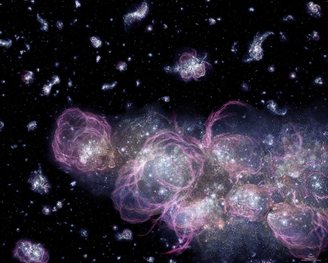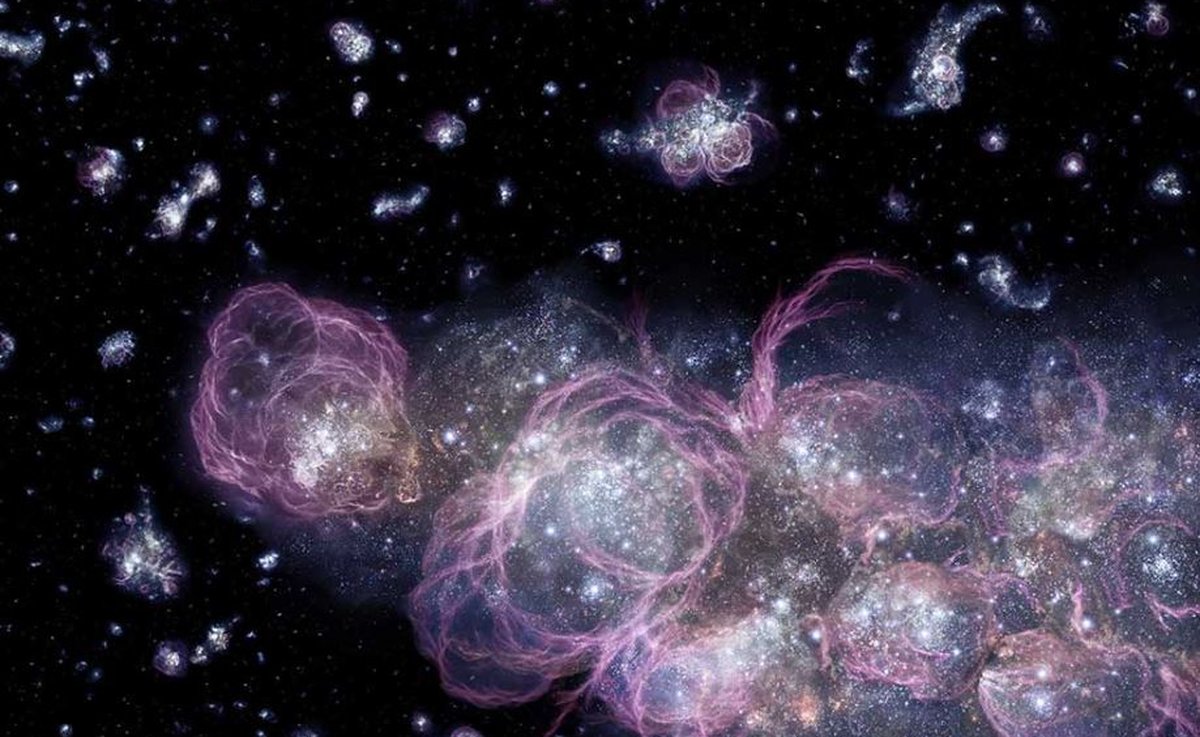Stars appear very small when viewed from the Earth's surface. But it is actually much larger than we can see -Some more than others, but all of them are huge. As with other celestial bodies in the universe, there is a scale that classifies them as larger or smaller, depending on the conditions during their formation.
A group of scientists from Tsinghua University in China announced that they have discovered what appears to be the smallest star ever discovered by science, called TMTS J0526B. It is located only 2670 light-years from Earth. The mass of this cosmic body is only 0.33 times the mass of the Sun Currently, it is the smallest star ever discovered. However, there are also giant stars.
The size of a star is directly affected by the environment in which it was formed in space, as the elements available in the region affect the conditions of these celestial bodies. For example, rocky Earth-like planets would need to form in a favorable environment with cosmic dust and gas, two common building blocks of planets.
The Sun is the main star in the solar system and has a diameter of about 109 times that of the Earth; Its mass is about 333 thousand times greater than the mass of our planet. The star VY Canis Majoris has been placed on the list of the largest stars known to science, as its diameter is 2,100 times the diameter of the Sun. – Inside it can fit approximately three billion Earth-sized objects.
In fact, scientists claim that the first stars in the universe were much larger than most stars that formed in the modern history of the universe. But why were they bigger? The simple answer is that the specific processes that occurred during the beginning of the universe, 13.8 billion years ago, were very different from what occurs today.
Massive stars from the early universe
Scientists have already collected some evidence of cosmic microwave background radiation originating from the first stars; However, they continue to try to find more data to study it more fully. In addition to the possibility of studying stars, researchers claim this Evidence from these primordial objects may help answer some fundamental questions about the initial conditions of the universe.
Because they appeared at the beginning of everything, they formed at such a great distance that current devices cannot capture their data. Their light may not have come close to Earth; after all, they are billions of light-years away. However, technology is advancing and can help us collect more information about these cosmic objects.
However, the truth is that we will probably never observe the stars that existed in the early universe, as their life cycles must have already ended. Based on some data collected about metals and other stars that formed from this primordial matter, scientists realized that it was formed almost exclusively from the elements that appeared at the beginning of the universe: hydrogen and helium.

“So far, the only real evidence we have of the first stars is in the traces they left behind: the minerals they formed that we see in later generations of stars; The effects of its ionizing radiation on the primordial gas of the universe; And perhaps their remaining black holes. “If the first stars were massive and short-lived, then all the stars that were nearby would have already disappeared.”
Astronomers have even been able to gather information about the formation of the first stars, but understanding mass values is more difficult. Some points of evidence The first stars were quite massive, perhaps not as large as the largest stars today in the universe, but they must have been between 10 and 300 times the mass of the Sun.
Because of their massiveness, these stars are also primitive They must have brightness about a million times brighter than the Sun and temperatures of approximately 100,000 degrees. Current computer simulations suggest that stars between 10 and 140 times the mass of the Sun may have ended their cycles as supernovae. The remaining matter may have formed several cosmic bodies in the universe.
Did you like the content? So, stay updated with more news about astronomy here TecMundo. If you wish, take the opportunity to understand whether the Big Bang is “just a theory.”

“Wannabe internet buff. Future teen idol. Hardcore zombie guru. Gamer. Avid creator. Entrepreneur. Bacon ninja.”

